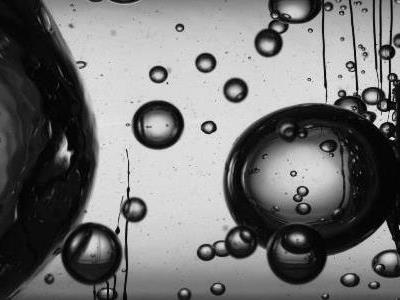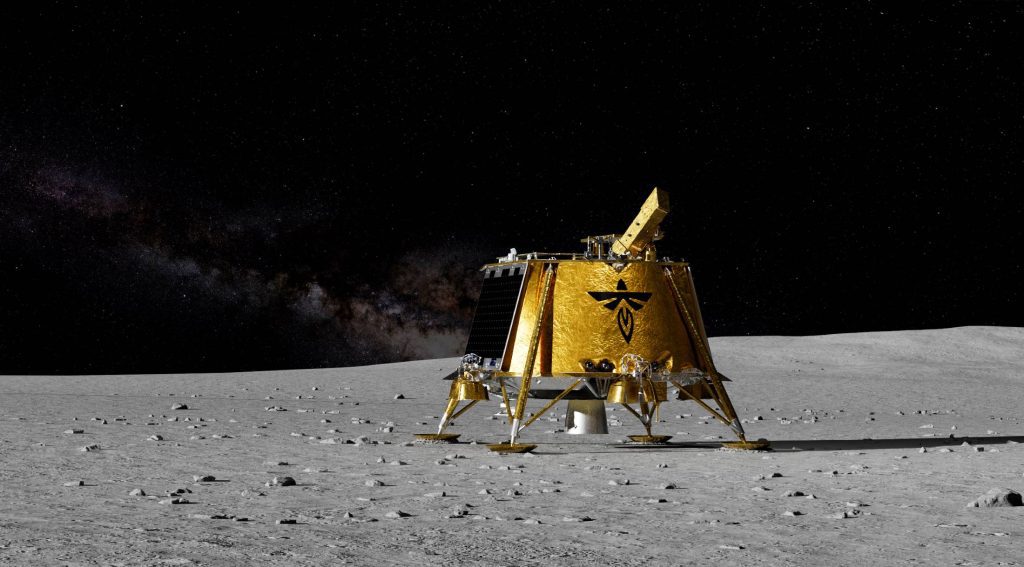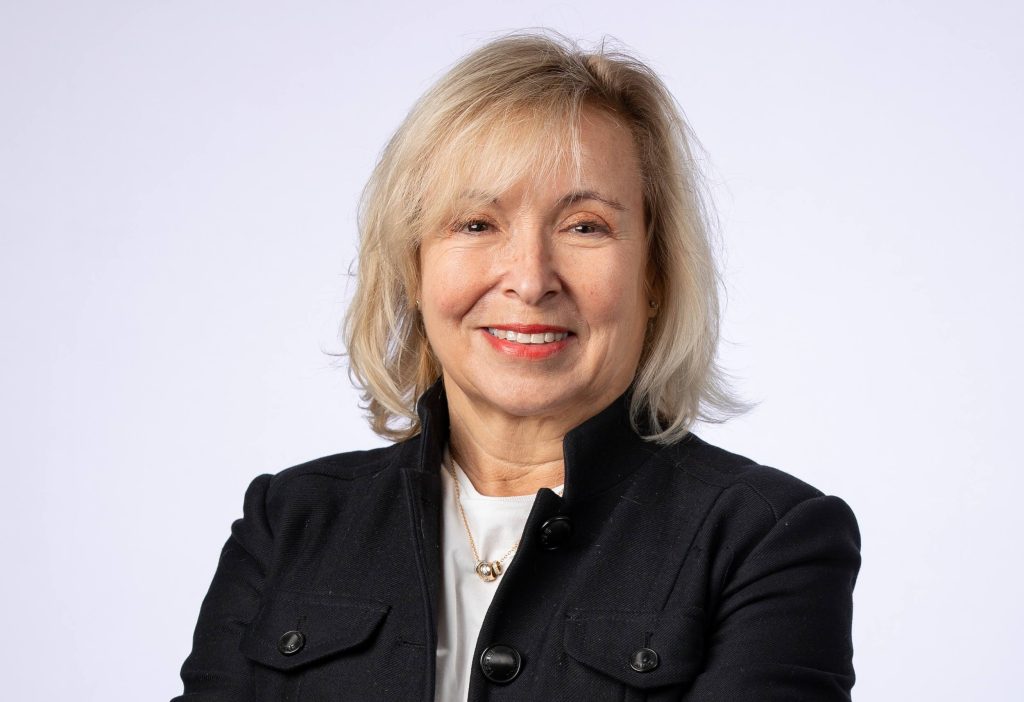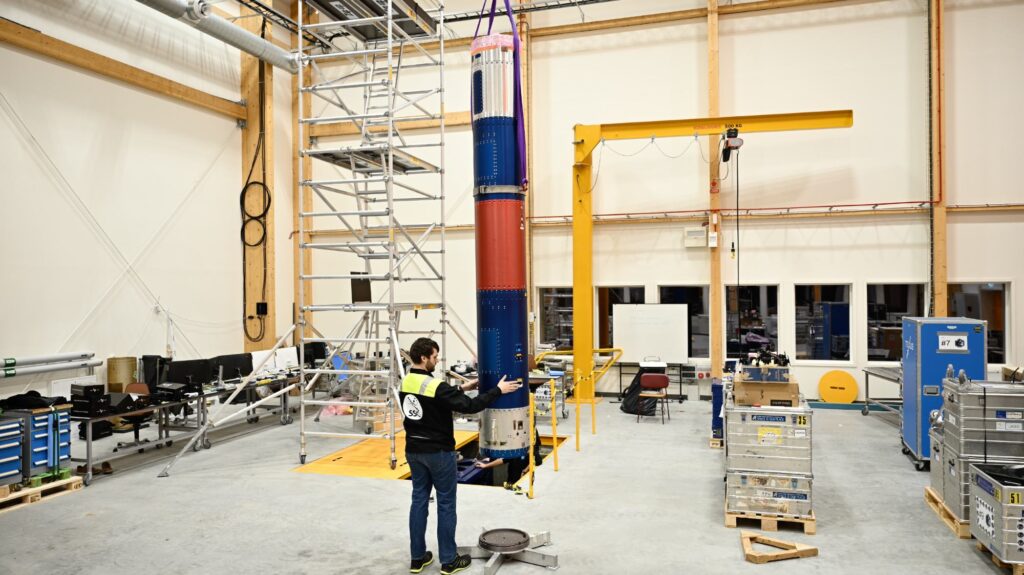Today, at 08.38 UTC, the Swedish space industry reached an impressive milestone as the 600th suborbital rocket, MAPHEUS-15, was launched from SSC’s spaceport Esrange Space Center in Kiruna. The science rocket reached an altitude of 309 km carrying a payload containing 21 different experiments.
The payload featured a wide range of scientific disciplines which were conducted during 7 minutes of microgravity, for example, advanced material science and biological research on human cells. The payload will be recovered by helicopter tomorrow.
“I am very proud of this milestone which shines a light on the many years of international collaboration at Esrange. This has been instrumental in achieving hundreds of successful rocket missions, providing invaluable access to space for scientists worldwide,” says Lennart Poromaa, Head of Esrange Space Center.
Years of Swedish-German collaboration
This campaign was successfully conducted in a joint partnership between SSC and the German Aerospace Center (DLR). The launch was conducted by DLR’s Mobile Rocket Base (MORABA) and the scientific payload was managed by DLR’s institute for Material Physics in Space.
“We are grateful for the many years of extremely productive collaboration, during which also the core teams from SSC and DLR have grown together. Thanks to their support, the MAPHEUS program has grown tremendously over the past 15 years, and we are looking forward to many more launches to come,” says Thomas Voigtmann, DLR Project Manager for the MAPHEUS campaigns.
Contact: Philip Ohlsson, Head of PR & Press, +46 70 721 70 26, philip.ohlsson@sscspace.com













